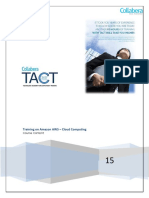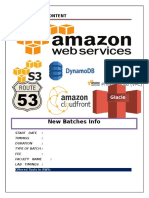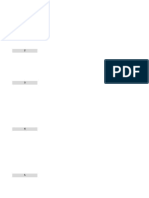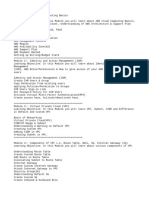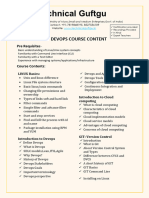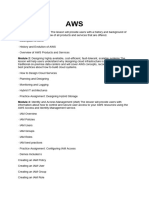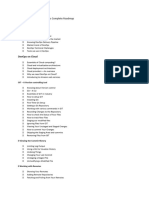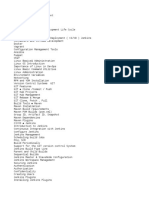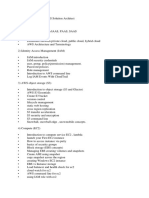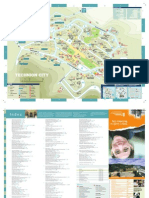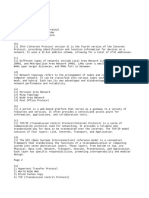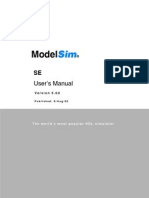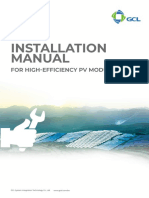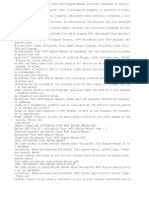0% found this document useful (0 votes)
15 views7 pagesDevOps Course Content
The document provides a comprehensive overview of DevOps practices and tools, focusing on multi-cloud environments with AWS and Azure. It covers the DevOps lifecycle, software development methodologies, continuous integration and deployment tools like Jenkins and Git, as well as containerization with Docker and orchestration with Kubernetes. Additionally, it details cloud services, infrastructure management, and security practices within AWS and Azure ecosystems.
Uploaded by
rambadrireddy09Copyright
© © All Rights Reserved
We take content rights seriously. If you suspect this is your content, claim it here.
Available Formats
Download as PDF, TXT or read online on Scribd
0% found this document useful (0 votes)
15 views7 pagesDevOps Course Content
The document provides a comprehensive overview of DevOps practices and tools, focusing on multi-cloud environments with AWS and Azure. It covers the DevOps lifecycle, software development methodologies, continuous integration and deployment tools like Jenkins and Git, as well as containerization with Docker and orchestration with Kubernetes. Additionally, it details cloud services, infrastructure management, and security practices within AWS and Azure ecosystems.
Uploaded by
rambadrireddy09Copyright
© © All Rights Reserved
We take content rights seriously. If you suspect this is your content, claim it here.
Available Formats
Download as PDF, TXT or read online on Scribd
/ 7












